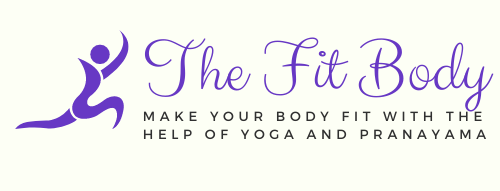Mudra is a Sanskrit term that translates to “seal” or “gesture.” In the context of yoga and meditation, mudra refers to specific hand gestures or positions that are believed to influence the flow of energy in the body and mind.
Mudras are typically performed by placing the hands and fingers in specific configurations, often involving the joining or touching of fingers in different ways. These gestures create a circuit of energy within the body and connect various energy channels.
Mudras are an integral part of traditional yoga and meditation practices. They are believed to have a direct impact on the physical, mental, and spiritual aspects of an individual. Different mudras are associated with specific qualities and effects, and they can be used to support healing, enhance concentration, awaken specific energies, and deepen meditative states.
There are numerous mudras in the yogic tradition, but some of the commonly practiced ones include:
- Gyan Mudra: In this mudra, the tip of the thumb touches the tip of the index finger, while the other fingers remain extended. It is believed to enhance concentration, wisdom, and knowledge.
- Chin Mudra: This mudra involves gently touching the tip of the index finger to the tip of the thumb, while the other fingers remain extended. It is associated with consciousness, intuition, and clarity.
- Anjali Mudra: Also known as the “prayer mudra,” this gesture involves pressing the palms together in front of the chest, fingers pointing upward. It signifies gratitude, reverence, and unity.
- Varun Mudra: This mudra is formed by touching the tip of the little finger with the tip of the thumb, while the other fingers remain extended. It is believed to balance the water element in the body and promote hydration and fluid balance.
- Shuni Mudra: In this mudra, the tip of the middle finger touches the tip of the thumb, while the other fingers are extended. It is associated with patience, discipline, and focus.
Mudras can be practiced independently or in conjunction with asanas (yoga postures), pranayama (breathing exercises), and meditation. They are often incorporated into yoga classes, meditation sessions, and healing practices.
It’s important to learn mudras from a qualified yoga instructor or practitioner who can guide you in their proper application, duration, and combination with other practices. The effects of mudras may vary from individual to individual, and it’s advisable to explore them with an open mind and observe their effects on your own body and mind.
